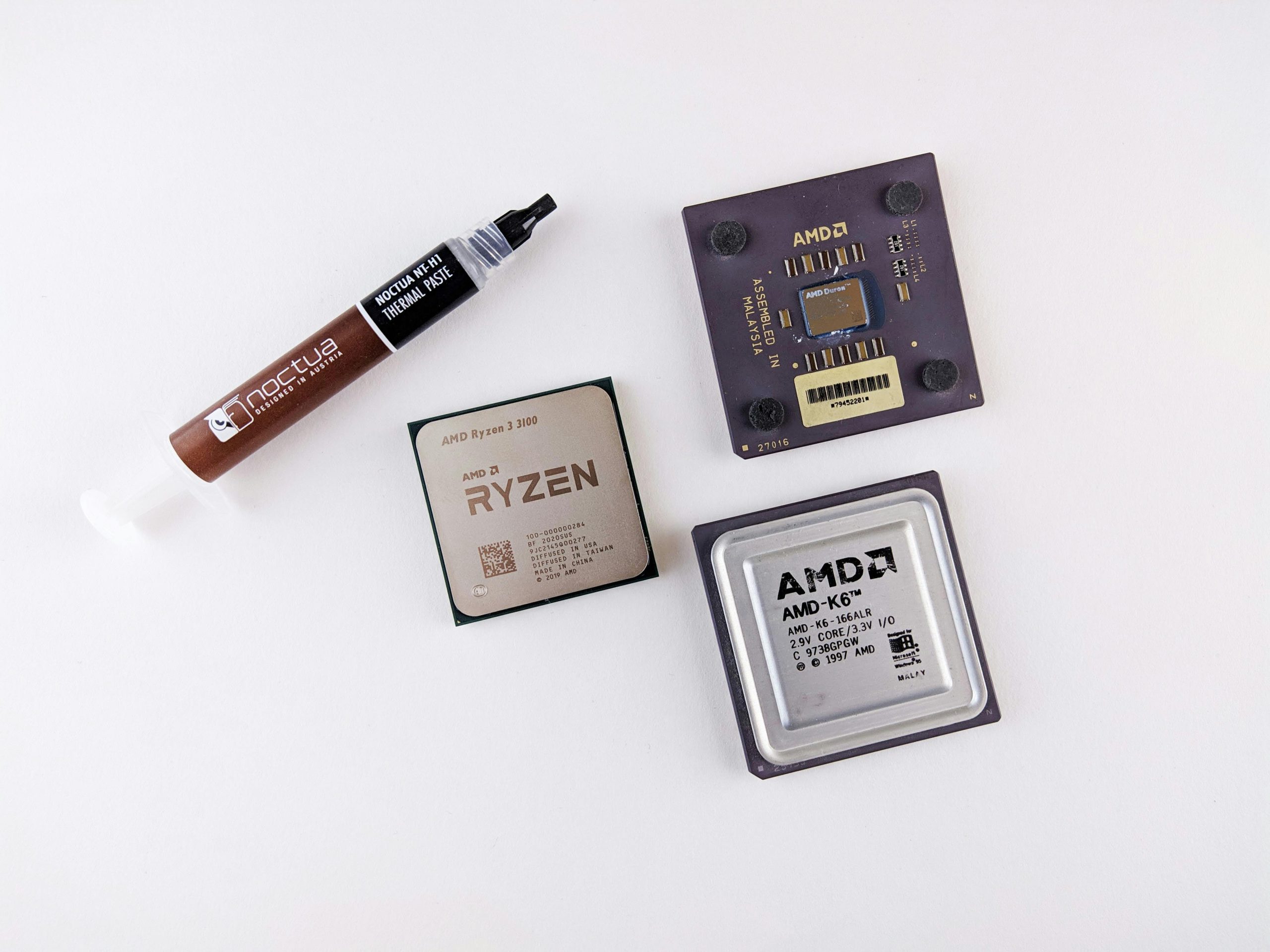Understanding and Managing CPU Temperatures: A Closer Look at the AMD Ryzen 5 3600
In the world of PC building and maintenance, maintaining optimal CPU temperatures is crucial for ensuring performance stability and longevity of components. Recently, a user encountered temperature-related performance issues with their AMD Ryzen 5 3600 processor and sought advice on managing these temperatures effectively.
The Situation
The user reported that after playing an intensive game, their system experienced performance throttling, which was attributed to high CPU temperatures. Upon attempting a restart, a BIOS warning indicated that the CPU was overheating. Monitoring revealed that the CPU temperature peaked at approximately 81°C during this event, which, while concerning, was not abnormal under heavy load.
Further temperature measurements using Core Temp showed the CPU operating at temperatures ranging from 90°C up to a concerning 105°C during gameplay. Adjustments such as disabling V-Sync and limiting the frame rate to 30 FPS helped reduce maximum temperatures to around 86-91°C. During idle, the CPU temperature dropped to a minimum of 57°C, with ambient room temperature at 23°C.
Troubleshooting Steps Taken
The user attempted basic cleaning, including dusting the inside of the PC case, but found no significant improvement in temperatures. This suggests that dust accumulation might not be the primary cause of the overheating issue.
Considerations and Recommendations
- Thermal Management and Cooling Solutions
- Check Thermal Paste: Over time, thermal paste can degrade, reducing heat transfer efficiency between the CPU and the cooler. Reapplying high-quality thermal paste can improve cooling performance.
- Inspect Cooling Hardware: Ensure that the CPU cooler is properly installed, securely mounted, and functioning correctly. Consider upgrading to a higher-performance air cooler or switching to an all-in-one liquid cooling solution if temperatures consistently exceed safe thresholds.
-
Ensure Proper Airflow: Verify that case fans are working correctly and that airflow within the case is optimized. Proper cable management can also prevent airflow obstructions.
-
Environmental Factors
-
Since ambient temperature is 23°C, the cooling system should manage well under typical conditions. If the environment becomes warmer, cooling efficiency may decline, necessitating enhanced cooling solutions.
-
System Usage and Load Management
- Limiting in-game frame rates, as the user has done, can reduce CPU load and heat generation.
- Use of software utilities to monitor and control CPU performance profiles can help maintain temperatures within safe ranges
Share this content:



